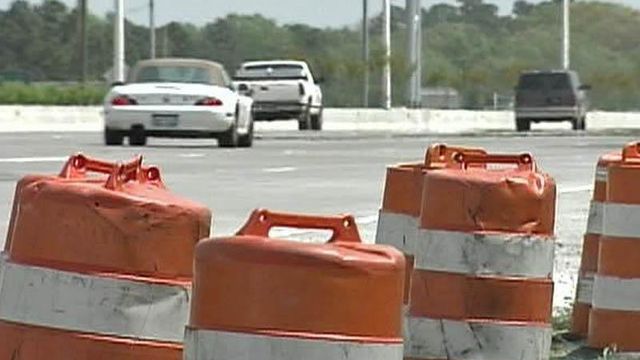Some state road projects lose out under new funding formula
Removing politics from state road projects means that some projects have been dropped from North Carolina's priority list under a new funding formula.
Posted — UpdatedThe state Department of Transportation has identified the need for 1,100 road and bridge projects over the next decade. The projects cost an estimated $45 billion combined, but the DOT expects to have only $9 billion during that period.
So, officials have created a formula that scores each project based on factors like traffic congestion and the condition of the roadway to prioritize them. Traditionally, political influence played a role in what road projects were completed in different parts of the state.
"We have the statewide tier, which is interstates. We also a regional tier, which is typically North Carolina and U.S. routes, and the sub-regional, which is secondary roads," said Wally Bowman, division engineer for the DOT. "As you work your way down through those tiers, I think you'll see higher priority by us on some of the higher-level tiers, and you'll see a higher priority by some of the local folks on some of the lower-level tiers."
In the Triangle, some of the higher-ranked projects include work on Interstate 40 between the Interstate 440 Beltline and Johnston County, widening the Beltline from Wade Avenue to Walnut Street and building the so-called East End Connector in Durham.
Interstates 40, 85 and 95 also will get more money for maintenance, Bowman said, adding that local municipalities might have to pick up more of the cost for secondary roads.
"That doesn't mean we didn't rank some of the lower ones. We actually have Hillsborough Street at the Blue Ridge Road intersection – that needs to be an interchange with bridges going over – on our list, and it's funded in the current (priority list)," he said.
The DOT plans to spend a majority of its limited funding on existing roads rather than investing in new ones, Bowman said.
Related Topics
• Credits
Copyright 2024 by Capitol Broadcasting Company. All rights reserved. This material may not be published, broadcast, rewritten or redistributed.





